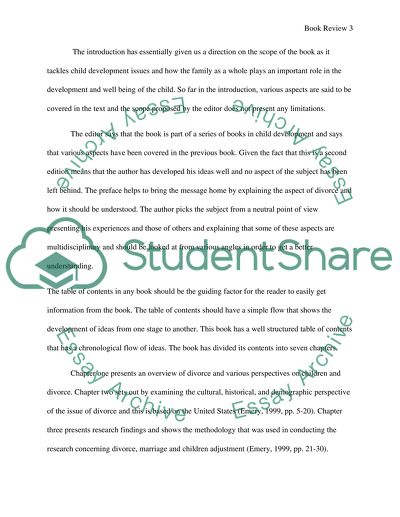Cite this document
(“Marriage, Divorce and Childrens Adjustment Literature review”, n.d.)
Retrieved from https://studentshare.org/anthropology/1442256-marriage-divorce-and-childrens-adjustment
Retrieved from https://studentshare.org/anthropology/1442256-marriage-divorce-and-childrens-adjustment
(Marriage, Divorce and Childrens Adjustment Literature Review)
https://studentshare.org/anthropology/1442256-marriage-divorce-and-childrens-adjustment.
https://studentshare.org/anthropology/1442256-marriage-divorce-and-childrens-adjustment.
“Marriage, Divorce and Childrens Adjustment Literature Review”, n.d. https://studentshare.org/anthropology/1442256-marriage-divorce-and-childrens-adjustment.


